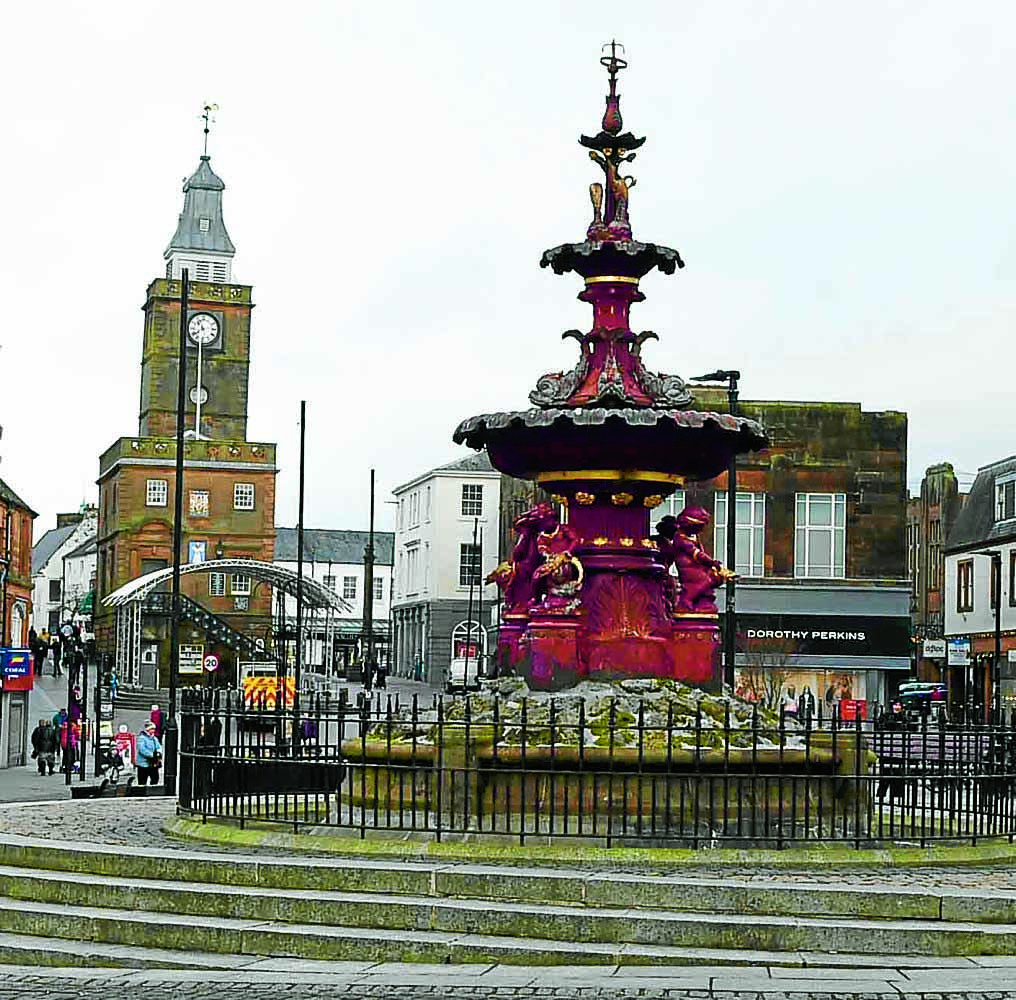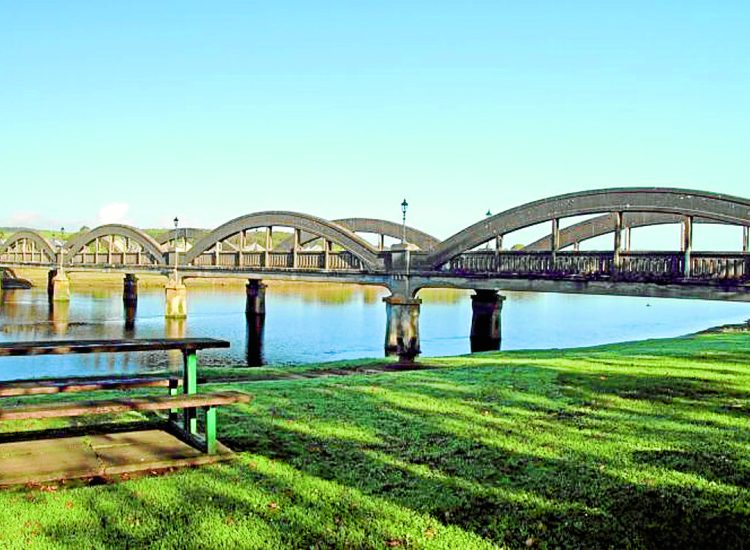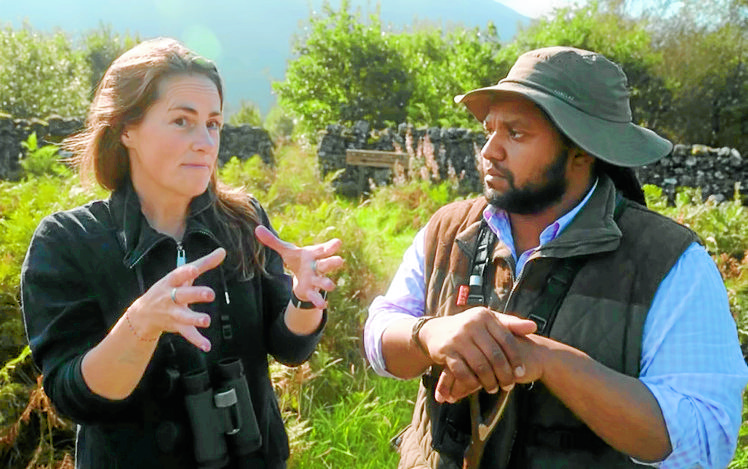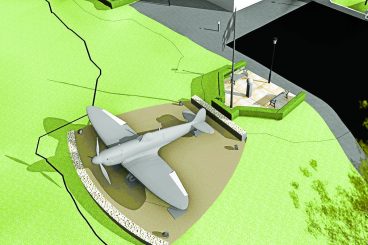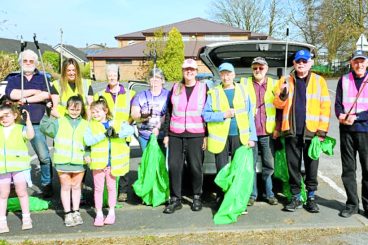The council is working with The Stove Network and Dumfries Partnership Action Group to return the landmark to full working condition.
They have been inspired by similar recent projects to fully restore historic cast-iron fountains in Paisley, Stirling and Edinburgh’s Princes Street Gardens.
And they say the project will be an an “investment for future generations of Doonhamers” as it will be another 100 years before a similar overhaul is required.
It is also hoped that the restoration will boost local pride and help the structure become a tourist attraction.
Initial inspections have revealed that the fountain is structurally sound, but requires deep maintenance and repairs to the water circulation and detailed decoration.
Additionally, a completely new water pumping and filtration system is required to meet current regulations and return it to full working condition. Funding has been found to commission a detailed design for the restoration work, which has an estimated cost of £400,000. The first phase will run until September 30 and involves condition surveys, design work to bring the current water system up to safe modern standards, securing relevant consents and development of artist commissions.
The restoration work will then involve the fountain being dismantled and removed temporarily. The layers of old paint will be stripped back
and professionally restored it to its original colours, which were gold and bronze with cacti painted to appear real.
During this period hoardings will be erected that will be decorated as part of a community arts project that tells the story of the fountain and the watery history of Dumfries. The hoardings are part of a wider community engagement project led by artist Kirsten Scott working with The Stove Network. Kirsten will work with local schools and care homes to explore the story of water in Dumfries and run workshops in metal casting to engage local people in the process of the restoration of the fountain.
She has already carried out extensive research into the story of the fountain – uncovering fascinating facts such as the four cast iron cacti that originally graced the base of the fountain and the fact that the exact same fountain also exists in Kandi, Sri Lanka.
The community engagement phase of the project which has been funded by the Holywood Trust. The completed project will include some of the community research being permanently etched into the paving near the fountain to record some of the uncovered history.
Once reinstated, the refurbished fountain will also achieve Listed Building status.
Dumfries and Galloway Council depute leader Cllr Rob Davidson said: “It is wonderful to see that this local landmark will be returned to its former glory. It is at the heart of the community in Dumfries and I very much hope that the local community will engage in the Stove Network’s proposals and help shape the surrounding area for future generations.”
Fountain history
The fountain was built to commemorate the piping of clean, fresh water into the town (from Lochfoot) following the cholera epidemics of the 1830s and 1840s
It was originally unveiled in 1851 and replaced in 1882 with the current fountain.
Originally the District Council funded the purchase of the new fountain, while donations from the townspeople of Dumfries paid for its decoration. A total of £191.0s 6d from 221 subscribers was raised.





